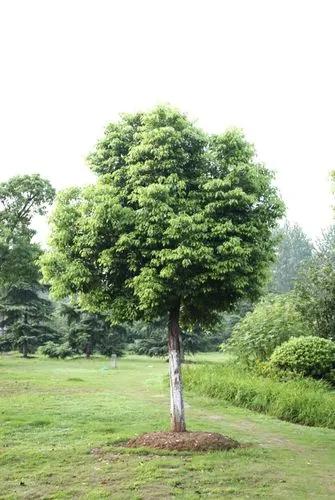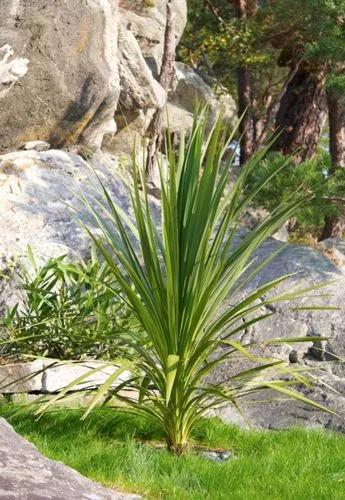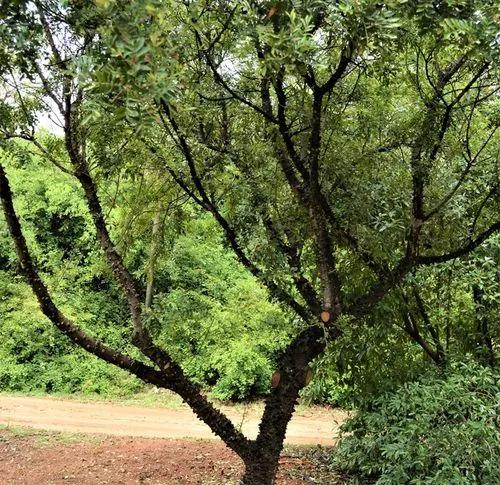wood; the most widespread species of the genus Fir of the Pine family (Pinaceae) on It grows mainly in cedar, spruce, mixed, much less often in larch forests and woodlands. Sometimes forms pure stands - fir forests Evergreen tree up to 30 m tall, with a beautiful narrow-conical, almost columnar crown. The trunk is cylindrical at the top, ribbed at the bottom. The branches are thin, in free-growing trees they drop almost to the very ground. The bark is smooth, thin, dark gray, with thickenings (nodules) filled with fragrant transparent resin (also called "fir balsam").Fir blooms in May. The plant is monoecious. Yellow spikelets with pollen - male organs; pollen grains are equipped with two flying air sacs, which facilitate the transport of pollen over great distances. Dark purple bumps - female generative organs; usually located on the shoots of the last year; unlike spruce, the cones stick out vertically upwards and in a ripe state. In the sinuses of the scales, spirally located inside the cone, ovules sit in pairs.
Siberian Fir Care
Abies Sibirica



Propagated mainly by seeds. In especially unfavorable conditions, it is capable of vegetative reproduction. Branches of the lower tier in the form of a "skirt" spread along the ground and easily take root, forming shoots of young trunks, while cones with seeds on them are not formed. In the forest, seed production begins from 60-70, in open places - from 30 years. It grows very slowly at first, then growth accelerates. Lives up to two hundred and three hundred [9] years.The buds developing at the ends are reliably protected by tightly adjacent scales covered with a protective layer of resin. The needles are not prickly, fragrant, flat, up to 3 cm long, dark green, shiny. Below - two whitish stripes with a waxy coating, each with 3-4 rows of stomata. Separately, each needle remains on the tree for 7-10 years. When it dies, it leaves a small flat scar on the branch.
How to Care for the Plant

Popularity

32 people already have this plant 4 people have added this plant to their wishlists
Discover more plants with the list below
Popular articles






